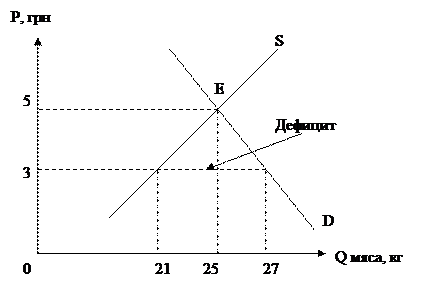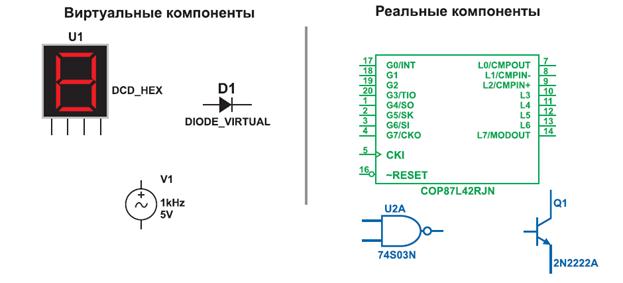PROBLEM SOLVING
Have you ever had a problem that you wanted to solve but you didn’t know where to start? Many people give up before they even try. If you have steps to follow in trying to solve a problem, getting an answer will be easier. A step – by – step plan for solving problems is called a problem – solving strategy. Once you learn a problem – solving strategy, you can use it to solve all kinds of problems. If you really learn how to use it, it will help you throughout life. All problem – solving strategies have some common parts. Usually, the first step in solving a problem is being able to say, or state, exactly what the problem is in your own words. The definition of the problem is sometimes called the problem statement. A more detailed problem statement is called a design brief. If the problem statement is not very specific (exact) then you might not know when you have found a solution. A design brief gives specific details of the problem. It gives you a lot more information than a problem statement does. The specific requirements for a problem are called parameters. Parameters might limit the amount of money you can spend to solve the problem, the amount of time, or the kinds of materials you can use. Once the problem is identified, you need to explore ideas and gather information related to your problem. Ideas can come from many sources. You need to use as many resources as possible. You also need to be sure your information is current. You will find a great deal of information on most topics.You will need to evaluate the information and decide whether or not it is useful in solving your problem. A simple question to ask yourself is "Is this particular information "need to know" or is it just "nice to know "?" Now that you have all the ideas, you have to do something with them. You select what you think is the best idea to try first. The fun part is testing your idea or solution. During the test you should review the parameters of the problem, so that you can stay on track. Testing usually requires taking measurements or accurate notes about what's happening. Evaluating what happened during the testing is the most important part of the entire problem – solving strategy. Sometimes you want so much for your idea to work that you do not look at the results carefully. Remember that there may be many possible solutions to a problem. The chances of your first idea being totally perfect are slim. Just because your idea did not work, it doesn’t mean you failed – it just means you learned what doesn’t work. That is a big step toward solving the problem! You can use the successful parts of your idea along with some changes to create a second idea. You will need to test this new idea and evaluate it too. You might go through the problem solving cycle many times before you reach your final solution.
Завдання 9 Перекладіть рідною мовою підкреслені в Тексті 4 речення.
Завдання 10 Визначте, які з поданих нижче речень відповідають змісту тексту:
1 Many people don’t even try to solve a problem. 2 If you don’t try to find an answer to the problem at once, but do it step by step instead, success is almost inevitable. 3 The specific requirements for a problem are called parameters. 4 Testing your solution is fun. 5 Once you have all the ideas, you have to select the best one to try it first. 6 A detailed plan for solving a problem is called a problem – solving strategy. 7 The specific details of the problem are given in its detailed definition, which is called a design brief. 8 There must be only one solution to a problem. 9 Your first idea is always the best one.
Завдання 12 Поставте запитання до Тексту 5А таким чином, щоб вони склали план переказу тексту. Завдання 13 а) Прочитайте текст, намагаючись його зрозуміти якомога точніше.
|

 Завдання 11 Назвіть п'ять стадій процесу вирішення наукової чи технічної проблеми:
Завдання 11 Назвіть п'ять стадій процесу вирішення наукової чи технічної проблеми:


